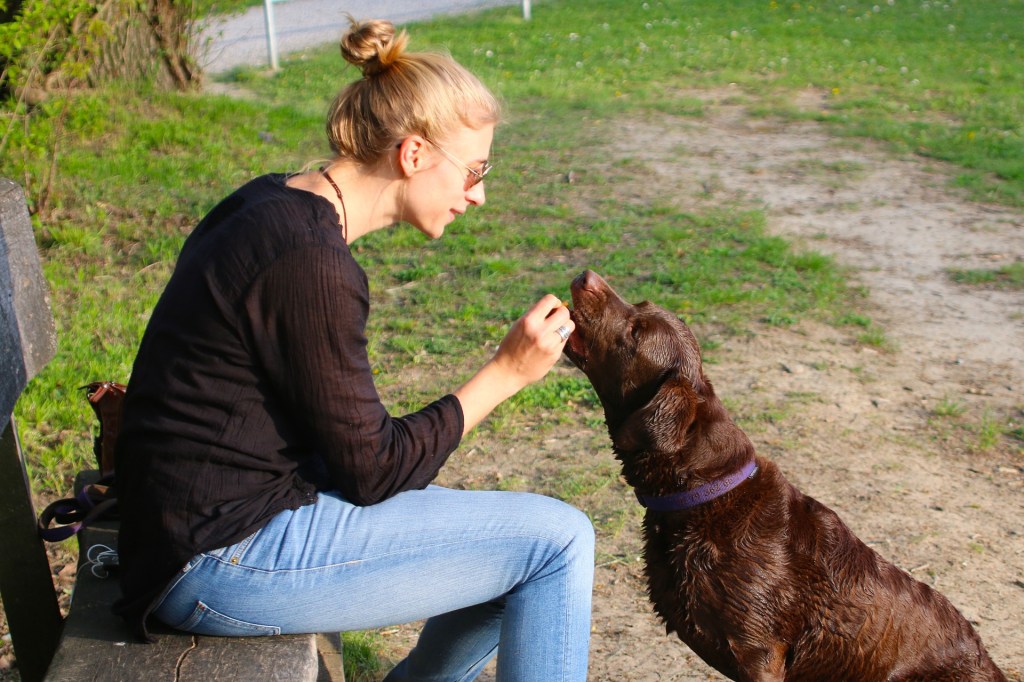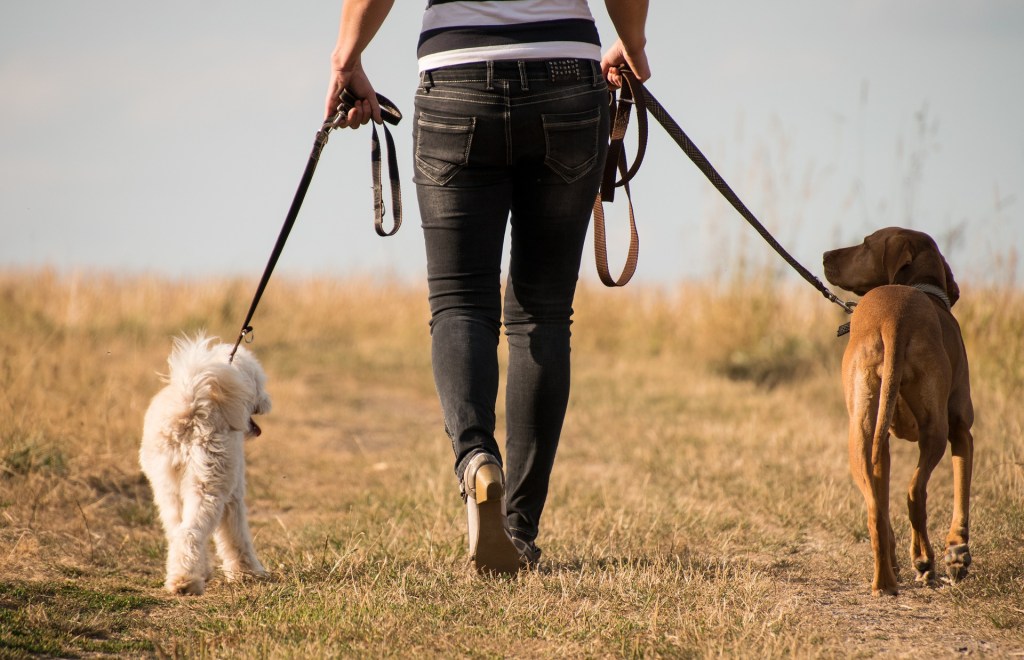When you have to travel for vacation, a work trip, or any other need, hiring a pet sitter can let your pets stay in the comfort of their own home while still being cared for. While it’s important to hire a qualified, reputable pet sitter, the steps that you take before leaving also can help set the pet sitter up for success. With the right preparation, your pet sitter will be ready just in case an emergency takes place, and they’ll also be equipped with the information they need to give your pets the quality care they’re used to.
Stock up on extra food and medication
It’s always a good idea to leave your pet sitter with extra food and medication for your pets. Having extra on hand can help cover you if your flight is delayed or your stay is otherwise extended and you can’t get home as soon as you’d planned.
This is particularly important with any medications. In addition to leaving extra medication, you’ll need to leave your pet sitter detailed dosage instructions to ensure your pet receives the meds he needs.

Call your vet ahead of time
Before you leave home, call your vet’s office and authorize the pet sitter to seek care for your animals. Your vet may ask you to specify care limitations or financial limits for the pet sitter and would also try to contact you for any additional authorizations needed. Giving your pet sitter permission to seek emergency treatment for your pet could potentially save his life if an emergency arose and you couldn’t be reached by phone.
In addition to this authorization, your vet’s office will probably take your credit card information to hold on file. Again, be sure to specify any financial limitations that you want to put on the card. Having a card on file can ensure that your pet gets prompt veterinary treatment if he needs it, even if you aren’t available to provide a down payment.
Provide your pet sitter with emergency contact information
In an emergency, the more emergency contacts your pet sitter has, the better. Start off by leaving them not only your vet’s number and address but also the number and address of the nearest emergency veterinary clinic or hospital.
Next, provide them with your contact information. In addition to leaving your cellphone number, give the pet sitter the contact information for the venues where you’ll be staying, as well as the dates when you’ll be at each venue. If your cell is off or out of range, the sitter could still potentially contact you through the venue.
Contact friends and family as backups
Contact some local friends and family and let them know you’ll be traveling. Ask them if they would be willing to be emergency backups who could step in to help care for your pets if needed. Leave their numbers with the pet sitter, and be sure to keep them with you as you travel so you can always reach these emergency contacts if needed.
Do a thorough house and yard check
Before you leave, carefully check over your house and yard for safety. This is the time to make sure all gates are securely latched, all window screens are securely in place, and there aren’t any hazards left out, like unsecured garbage or cleaning chemicals.
Keep in mind that, with their change in routine, your pets may get bored and potentially get into more trouble than they usually would. Make sure to remove any potential dangers to help keep your pets safe while you’re gone.

Leave detailed instructions
Leave your pet sitter with detailed pet care instructions to help ensure they don’t have lots of questions or run into problems. If you travel often, write these instructions up and save them on your computer so you can easily edit and print them out again for future pet sitters.
When writing out the instructions, start well ahead of time. You’ll be surprised how many things you do with your pets during the day that you might not think to include in the instructions. Drafting the instructions in advance means you can also send them over to the pet sitter to review, letting them ask questions and get clarification while you’re still here.
When you’re leaving your pets with a pet sitter, the more planning you can do, the better. Making sure your pet sitter has all the supplies and information they’ll need can help keep your pets safer, but it also makes for a better experience for your pet sitter. With less stress, your pet sitter will be free to focus fully on your pets, making your time away a positive experience for everyone. Setting your pet sitter up for success isn’t terribly difficult, and you’ll have the peace of mind of knowing that your pets are safe at home and will be ready to eagerly greet you when you return.


